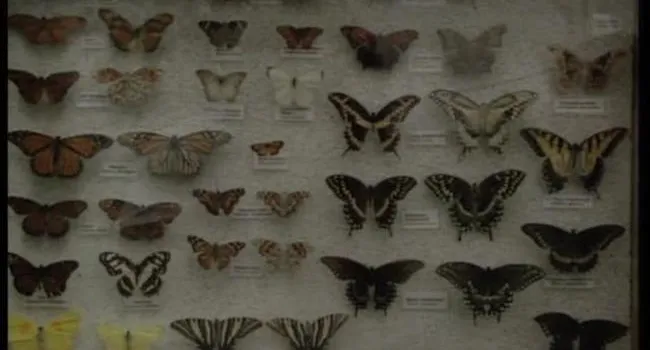The North Carolina Zoo, located in Asheboro, NC, is one of only two state-owned and -operated zoos in the country. With 1,400 acres, it is also one of the largest in land area. The zoo, with its “natural habitat” philosophy, replicates the natural environments of the animals that live there. Forty-acre exhibits house the animals and ecosystems that support them. Designers, architects, artists, horticulturists, and an in-house design team all help with the plans for each exhibit.
Zoogeographic zones represent each of the seven continental regions. In the 1970s, the African continent was constructed; the zoo is now in the process of renovating that exhibit. In the 1980s, the North American continent was constructed, and 1,200 animals were added to the zoo’s collection.
The animals in the North Carolina Zoo’s collection come from other zoos, and are no longer captured in the wild. The zoo actively participates in the Species Survival Plan, a program that breeds and manages captive endangered species. Species such as the red wolf have been brought back from near extinction, and are currently being reintroduced into the wild. Captive breeding allows the zoo to access, via computer, the medical records and breeding histories of many zoos in the country.
Cameroon, West Africa, is a site that North Carolina Zoo supports for its work with wild elephants. Because elephants can cause a great deal of damage to agriculturally supported villages, humans threaten the populations of the animals in West Africa. The Elephant in Ecology Project, conducted through the World Wildlife Fund, educates villages, protects the elephants, and reduces the damage done during migration.
The management program tracks herds of elephants for a five-year period. These animals can migrate up to 2,000 miles in one year in their search for food and water sources. For tracking, the elephants are anesthetized and an intertracheal tube is inserted to help them breathe. Researchers collect information on each elephant and attach a collar. The matriarch of the herd is fitted with a collar containing a radio transmitter, which conveys information about the herd’s location to French space agency satellites.
Standards
- Life Science: Environments and Habitats
- 3.L.5 The student will demonstrate an understanding of how the characteristics and changes in environments and habitats affect the diversity of organisms.
- 3.L.5A The characteristics of an environment (including physical characteristics, temperature, availability of resources, or the kinds and numbers of organisms present) influence the diversity of organisms that live there. Organisms can survive only in...
- 3.L.5B When the environment or habitat changes, some plants and animals survive and reproduce, some move to new locations, and some die. Fossils can be used to infer characteristics of environments from long ago.
- 3.L.5B.1 Obtain and communicate information to explain how changes in habitats (such as those that occur naturally or those caused by organisms) can be beneficial or harmful to the organisms that live there.
- 3.L.5B.2 Develop and use models to explain how changes in a habitat cause plants and animals to respond in different ways (such as hibernating, migrating, responding to light, death, or extinction).
- 3.L.5 The student will demonstrate an understanding of how the characteristics and changes in environments and habitats affect the diversity of organisms.
- Life Science: Diversity of Life – Classification and Animals
- 6.L.4 The student will demonstrate an understanding of how scientists classify organisms and how the structures, processes, behaviors, and adaptations of animals allow them to survive.
- 6.L.4B The Animal Kingdom includes a diversity of organisms that have many characteristics in common. Classification of animals is based on structures that function in growth, reproduction, and survival. Animals have both structural and behavioral adap...
- 6.L.4B.1 Analyze and interpret data related to the diversity of animals to support claims that all animals (vertebrates and invertebrates) share common characteristics.
- 6.L.4B.2 Obtain and communicate information to explain how the structural adaptations and processes of animals allow for defense, movement, or resource obtainment.
- 6.L.4B.3 Construct explanations of how animal responses (including hibernation, migration, grouping, and courtship) to environmental stimuli allow them to survive and reproduce.
- 6.L.4B The Animal Kingdom includes a diversity of organisms that have many characteristics in common. Classification of animals is based on structures that function in growth, reproduction, and survival. Animals have both structural and behavioral adap...
- 6.L.4 The student will demonstrate an understanding of how scientists classify organisms and how the structures, processes, behaviors, and adaptations of animals allow them to survive.
- 7.1.6.AG Gather evidence and construct a map or model to investigate a significant contemporary cultural, economic, or political issue facing Africa at the local, regional, or global scale.



































